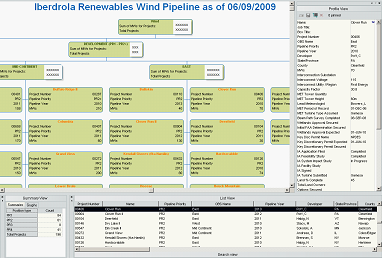Oracle Projects may be integrated with Inventory and WIP. This integration allows the tracking of project-related transactions in Inventory and WIP. Some of those transactions will be interfaced with Oracle Projects. Continue reading the blog:
As Gartner states in their 2008 report, the key to setting up a successful PMO is first to understand where your organization fits in the "Maturity Model" and then to organize a PMO structure that fits in your organization's maturity model. Continue reading the blog to learn more:
When projects go wrong, they generally go wrong at the beginning. My experience is mainly in the defense industry, so most of the following are derived from those experiences. Poorly defined requirements lead to poorly defined statements of work and specifications, which lead to unrealistic expectations for the customer and the supplier.
OPM3® (Organization Project Management Maturity Model) is a Project Management Institute® (PMI) standard much like the PMBOK® Guide that was started in 1998 by PMI. The OPM3 standard consists of three major elements: Knowledge, Assessment & Improvement, which are described below.
The success of any implementation is never guaranteed: challenges seem to lurk around every corner. However, as indicated in a previous blog (Structuring a Global Implementation), there are ways to anticipate and address these challenges before they materialize.
A Project Management Office (PMO) is a group within an organization that defines and maintains standards for project management. A PMO generally bases its project management principles, practices, and processes on some industry standard methodology such as PMBOK.
You are implementing Primavera P6 and have determined that the delivered reporting tools are not up to snuff. Before you go out and buy a new report-writing tool, take a step back and look in your enterprise toolbox. You might find you already have a tool that fits the bill.
A global implementation aims to have a structured, streamlined process that seamlessly incorporates local requirements across lines of business. Companies usually create a global template that is rolled out at every site. Business Process re-engineering must be done across all sites to standardize the processes per the global template.
The obvious benefit of PPM is that it gives executives a bird's-eye view of projects so they can spot redundancies, spread resources appropriately and closely monitor progress. PPM is a continuous loop of communication that allows an organization to collaboratively plan and evaluate projects.
To accomplish a successful business transformation project, experience drawn from numerous projects over the years has shown a pattern worth incorporating into every project. Successful projects establish a program framework and implementation approach.









